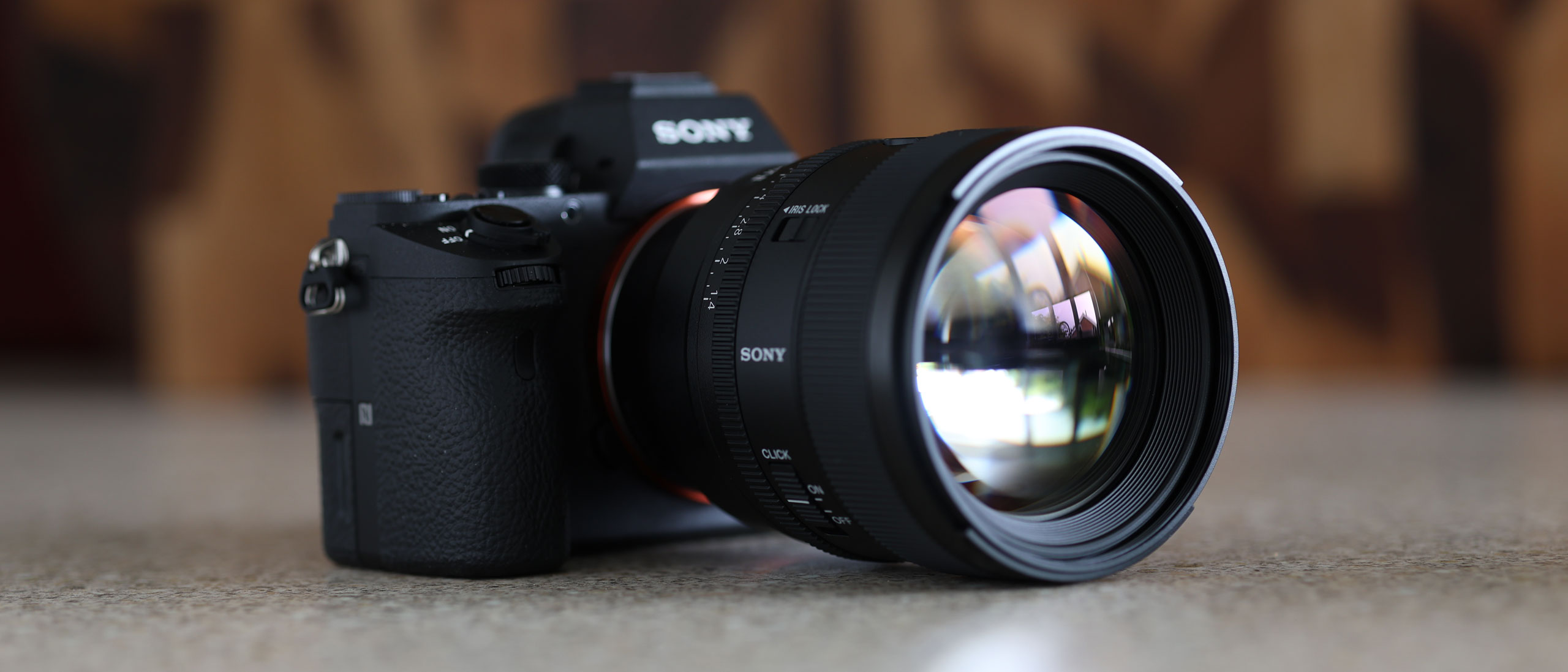TechRadar Verdict
The original Sony FE 85mm F1.4 G Master lens was so good it was pretty hard to fault; but it was launched back in 2016, and a lot has happened in lens design since then. As a result, the new Sony FE 85mm F1.4 GM II is a long way from just a simple makeover. It has more advanced optics, improved autofocus performance, better aberration control and, to cap it all off, it’s both slimmer and 20% lighter than the old lens. It does cost more than the original, though, and the difference will depend on where you are. Optically, physically and operationally, though, the Sony FE 85mm F1.4 GM II is simply spectacular.
Pros
- +
Edge-to-edge sharpness at any aperture – amazing
- +
Smaller, lighter and better than the original
- +
De-clickable aperture ring and two Fn buttons
- +
Fast, highly responsive and silent AF
Cons
- -
Smaller than its predecessor but still a big lens
- -
F1.4 not F1.2, which is slightly disappointing
- -
Focus breathing is suppressed but still there
- -
Some cats-eye bokeh wide open
Why you can trust TechRadar
Sony FE 85mm F1.4 GM II: One-minute review

Sony’s G Master lenses are its flagship products, and it looks like the company is steadily working through its G Master range, replacing original lenses with G Master II versions.
The 85mm F1.4 is the first of four f/1.4 prime lenses to get this treatment, and the Sony FE 85mm F1.4 GM II is far more than a simple update. With a new and more sophisticated optical formula promising improved resolution and aberration control, a new dual linear motor autofocus system for a big step up in speed and responsiveness, and a 20% weight saving, Sony has really pulled out all the stops for its new premium ‘portrait’ lens.
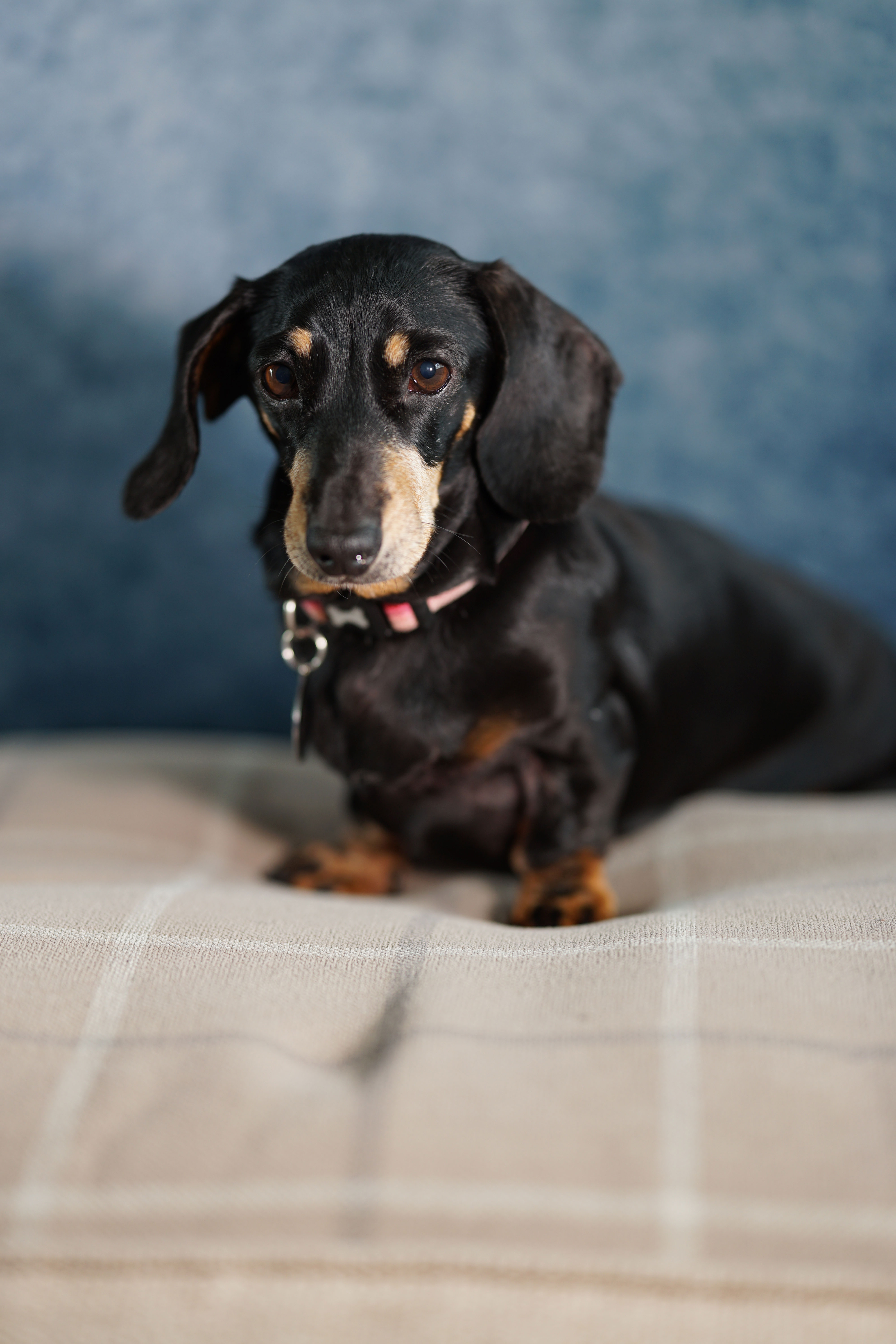
For all the improvements, though, there must be a few Sony owners who are a little disappointed that Sony hasn’t stretched to an f/1.2 lens rather than another f/1.4. Still, a best-ever f/1.4 is pretty good compensation, and the Sony FE 85mm F1.4 GM II is a truly spectacular performer.
The edge-to-edge resolution is extraordinary – you have to look closely to see any difference in edge detail at f/1.4 compared to f/8. This is a lens you could happily use wide-open all the time without giving a second thought to any impact on image quality.
It’s also completely free of bokeh fringing, or at least it was in all of our sample images, and this is an aberration that wide-aperture primes can be particularly prone to. It’s also extremely difficult to remove in software.

The new lens is not quite perfect for bokeh rendering and focus breathing. It’s still extremely good, with no visible onion-skin effect in bokeh balls (one of the many improvements Sony is touting) though there is a noticeable cats-eye bokeh effect near the frame edges at wide apertures (but then maybe next year cats-eye bokeh will be in fashion and everyone will love it…).
Focus breathing is still visible too, even though Sony says it’s ‘optically’ suppressed. Most modern Sony bodies support in-camera focus breathing compensation, though, so this may not prove an issue.
The Sony FE 85mm F1.4 GM II is equally impressive physically. It’s a little slimmer and 20% lighter than its predecessor, despite having more complex optics and more powerful linear AF actuators. You get a de-clickable aperture ring for both stills photography and video, with an iris lock (surprisingly useful) and two programmable function buttons. It handles superbly.
There will be a price difference compared to the original version, however. That’s probably to be expected, but it does make Sony’s premium portrait lens even more expensive to buy. You have to figure out how many more bucks you want to spend for all this excellence.
Sony FE 85mm F1.4 GM II: Price and availability
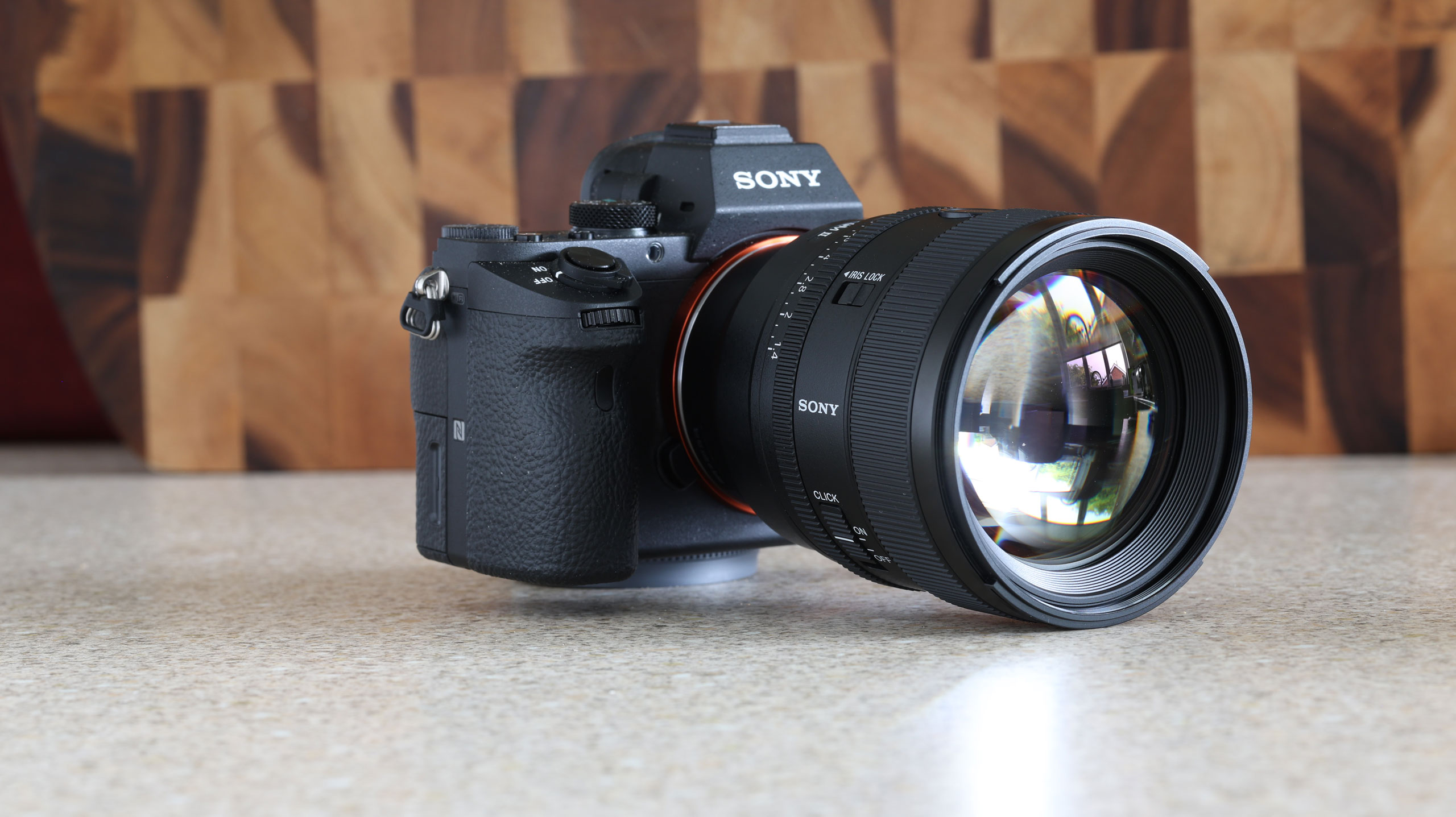
The Sony FE 85mm F1.4 will be available in September 2024 at a UK price of £1,850 (pricing for the US and Australia is TBC), which is almost the same price as the outgoing first generation 85mm F1.4. We don’t yet know if the older lens will stay on sale, but if it does we would expect it to get heavily discounted, given the significant optical and technical advances in the new lens. The new lens does seem pretty good value then, though the third-party Sigma 85mm f/1.4 DG HSM Art is little more than half the price.
Quick specs
| Lens mount | Sony FE (full frame) |
| Focal length | 85mm |
| Maximum aperture: | f/1.4 |
| Lens construction | 14 elements 11 groups |
| Aperture blades | 11 |
| Filter size | 77mm |
| Dimensions (L x W) | 107.3x 84.7mm |
| Weight | 642g |
Sony FE 85mm F1.4 GM II: Design
• Physical aperture ring with de-click switch
• Two customizable function buttons
• 20% lighter than the original 85mm F1.4
The original Sony FE 85mm F1.4 G Master was a big old boy. The new lens is the same length but a few millimetres slimmer and a whole 20% lighter. That’s a significant difference – though this still feels a pretty big lens on an A7-series body, especially if you clip on the lens hood.
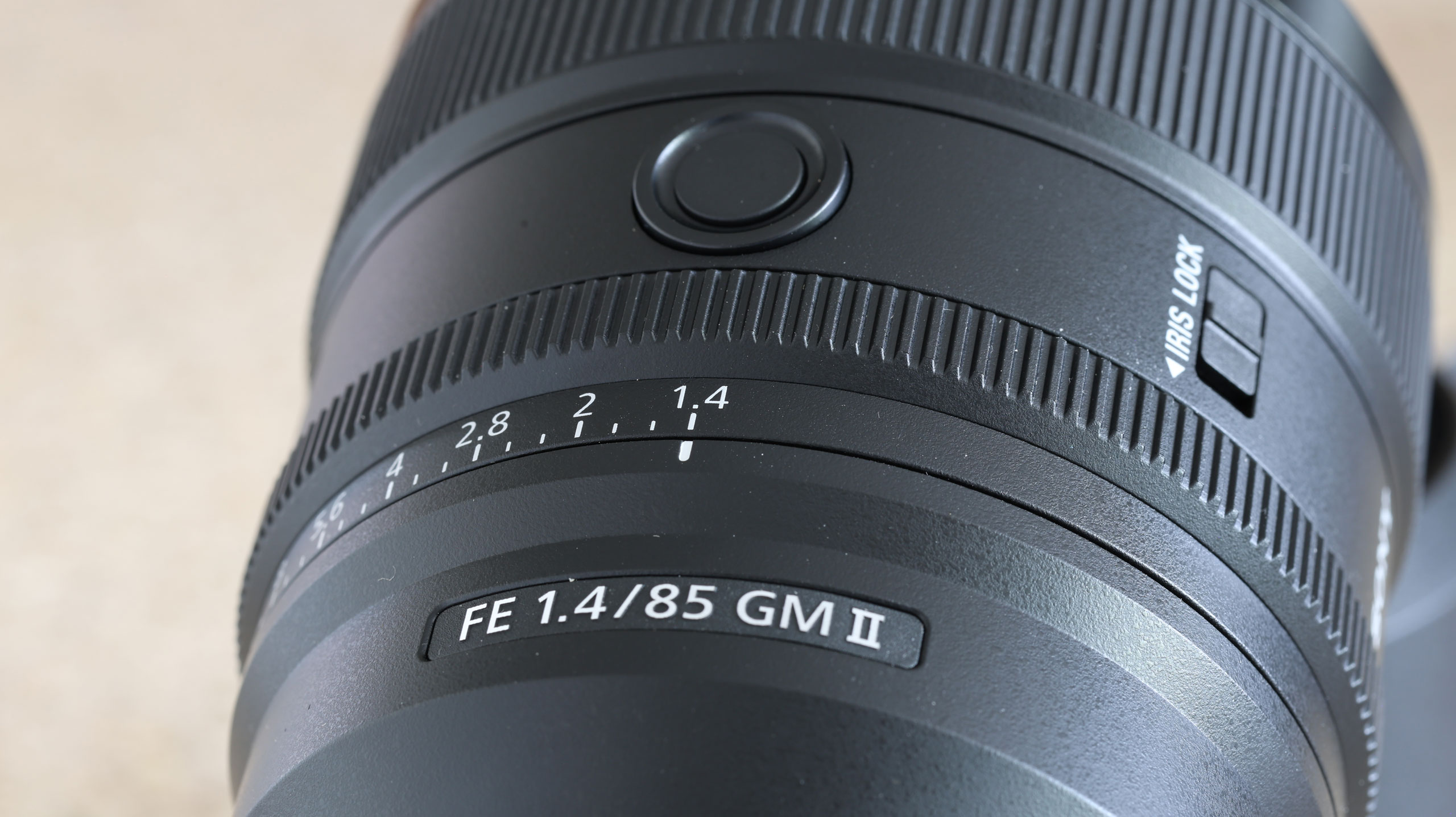
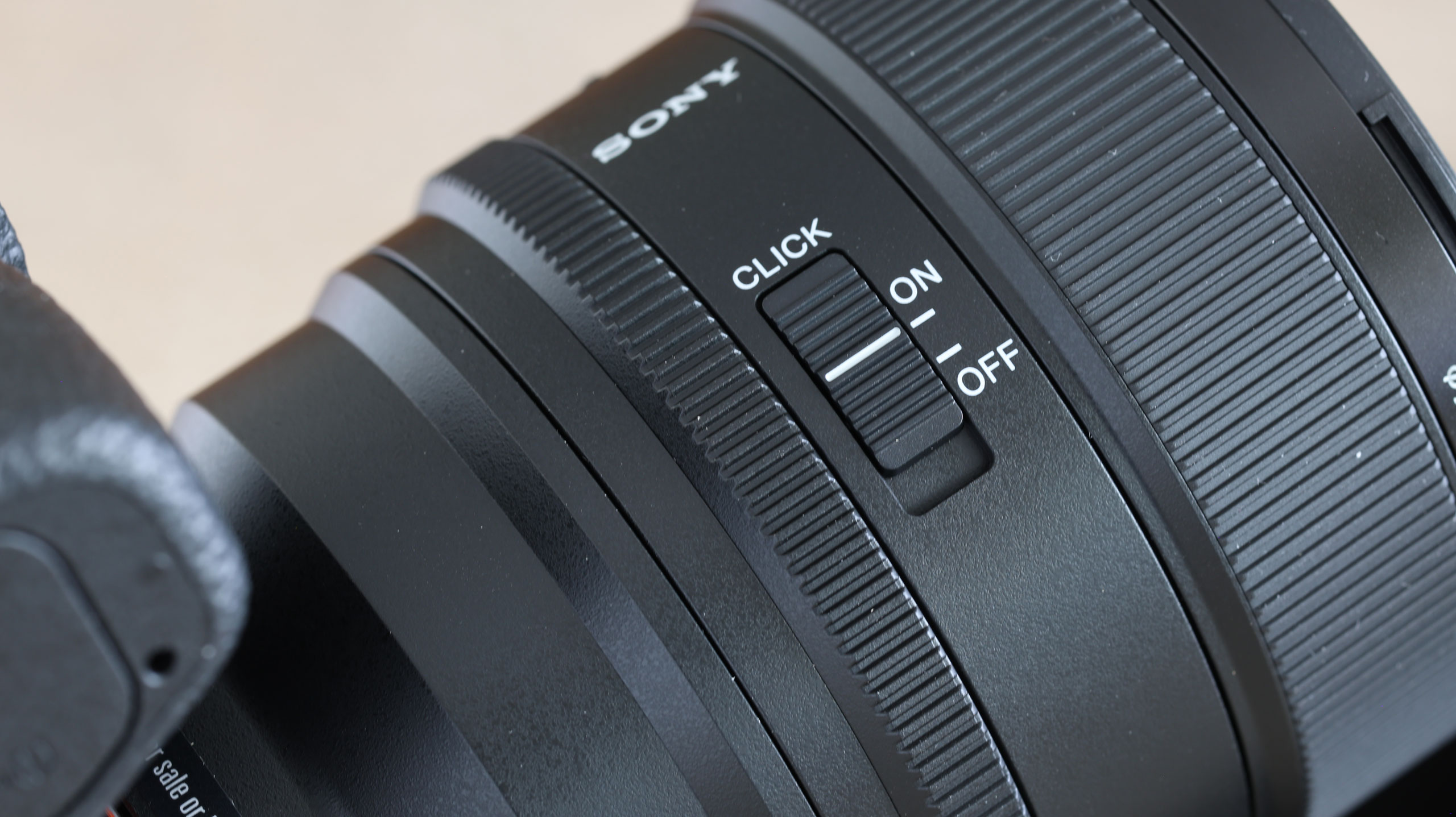
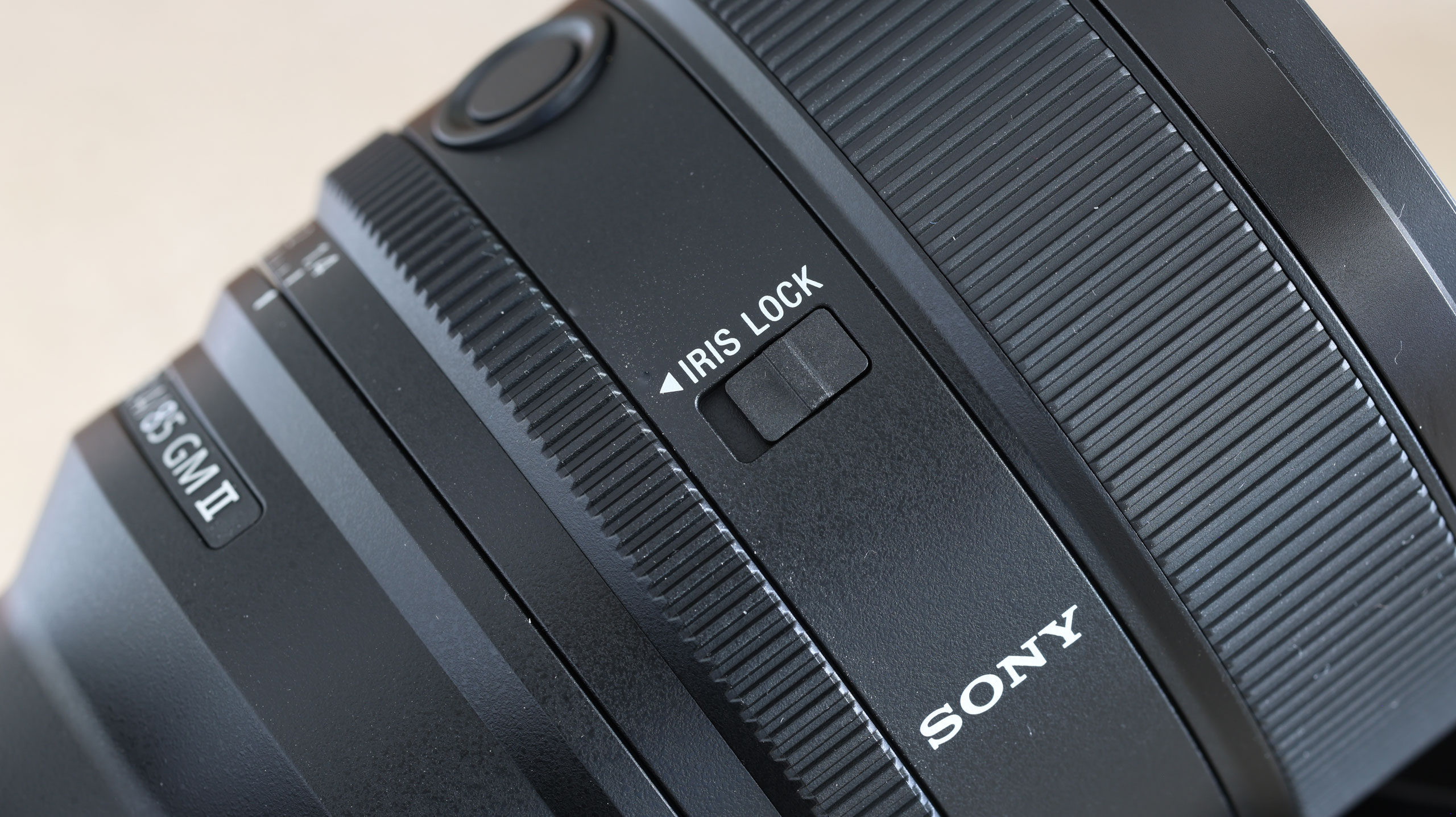
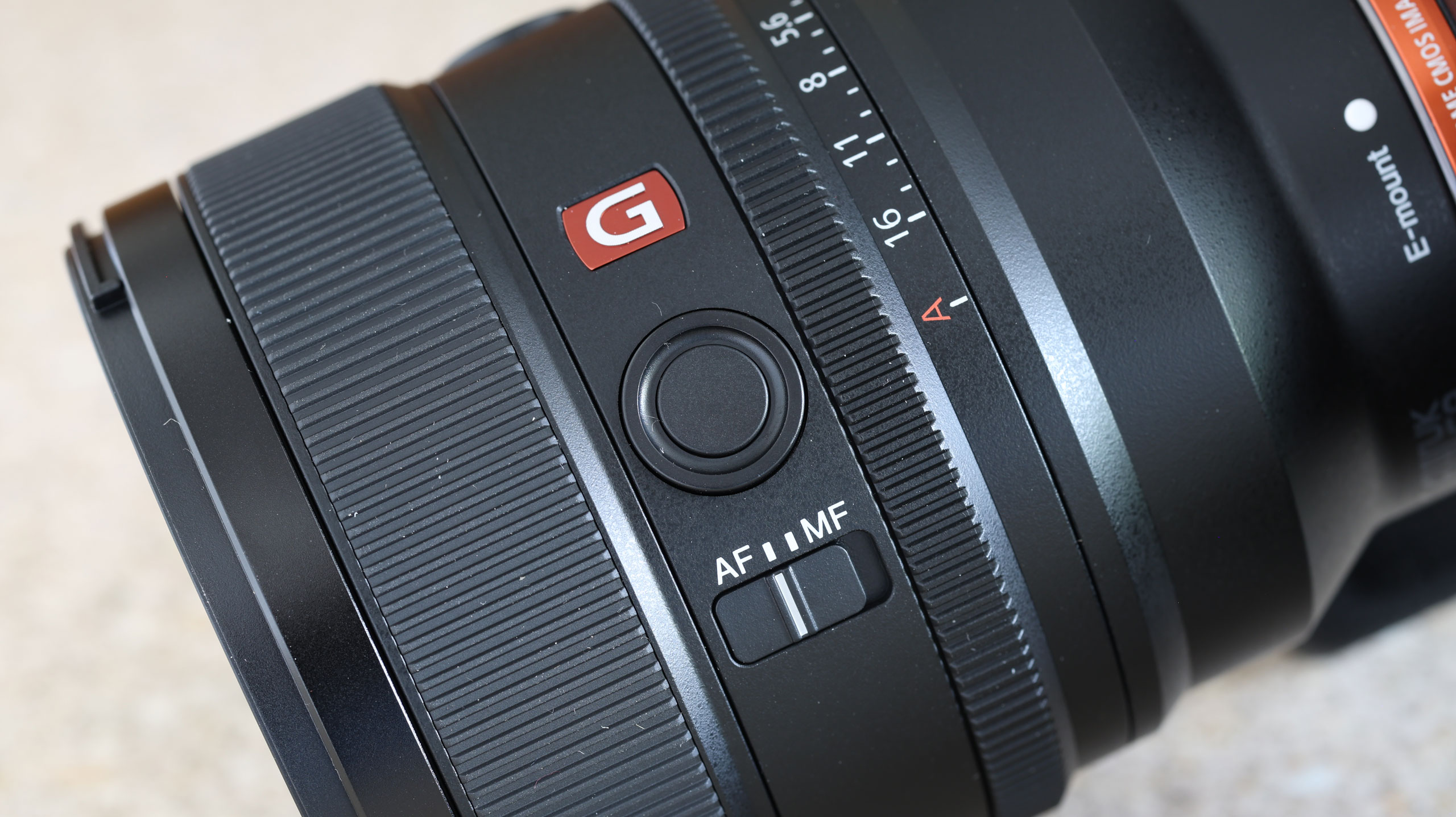
There’s little to distinguish the new lens from the old one, except that the aperture ring is now on a slightly slimmer section of barrel. This might make it easier to find with your fingertips without looking, but the location hasn’t changed.
The aperture ring has firm and satisfying click-stops at 1/3-stop intervals, and if you slide the Click switch to Off on the lower part of the lens barrel, it turns into a silky smooth iris control for video.
Are you the sort of person who likes function buttons on lenses? If you are, you’ll love this lens, because there are two of them. There’s also an Iris Lock switch, which does seem like a pretty smart addition – it’s all too easy to accidentally shift the aperture ring on a lens in stills photography, and easier still to change the iris setting while filming.
There’s really nothing to fault in the Sony FE 85mm F1.4 GM II’s design. You might wish for a slightly smaller, lighter optic, but if you want an 85mm f/1.4 then the size goes with the territory. It’s also worth spelling out what’s inside this lens, as it includes 14 elements in 11 groups, with two ultra-high-precision Sony XA elements, two ED elements, internal focusing, and Sony’s Nano AR II coating.
Sony FE 85mm F1.4 GM II: Performance
• Exceptional edge-to-edge sharpness even wide open
• No visible bokeh fringing in any of our test shots
• Some cats-eye bokeh and focus breathing
• Silent, super-fast autofocus
This lens’s edge-to-edge sharpness and aberration control is simply exceptional. Sony says the center sharpness has been improved over the original lens, but it’s the edge sharpness that left me most impressed. Even at f/1.4 the edges are clean and crisp, and show a level of detail that’s really rather impressive. There’s little to be gained from stopping down, so this is a lens on which you can use the aperture setting solely for its creative effect without worrying at all about its effect on image quality.


It was also great to see no sign of longitudinal color fringing, or ‘bokeh fringing’ in any of the test shots. Bokeh is obviously going to be one of the key selling points of this lens, and it does indeed render beautifully soft background blur and very subtle fall-off. The only chinks in the armor are noticeable cats-eye bokeh wide open and some focus breathing, even though Sony says this is suppressed.
The other aspect of performance to talk about is this lens’s AF. The dual linear motors in this new lens are a substantial upgrade over the Ring SSM system in the original lens, and this really comes to the fore with portrait subjects and face/eye tracking – especially if your subjects are a pair of flighty canines, as used in our tests.
It’s a real challenge keeping the eyes sharp when dogs make sudden and unpredictable movements, and even with a lens like this you’re going to get failures, but when the Sony FE 85mm F1.4 GM II gets even an instant of stillness to achieve focus, it can nail the shot and deliver images with stunning clarity.
It’s one thing having one of the latest Alpha bodies with advanced AI AF and subject tracking, but you still need a lens like this one that can keep up. Indeed, Sony says the Sony FE 85mm F1.4 GM II can keep up with the mighty Sony A9 III flat out at 120fps.
Sony FE 85mm F1.4 GM II: Sample images
Here's a further selection of shots taken with the Sony FE 85mm F1.4 GM II showing its rendering style, focus breathing and bokeh rendering from f/1.4-f/16.

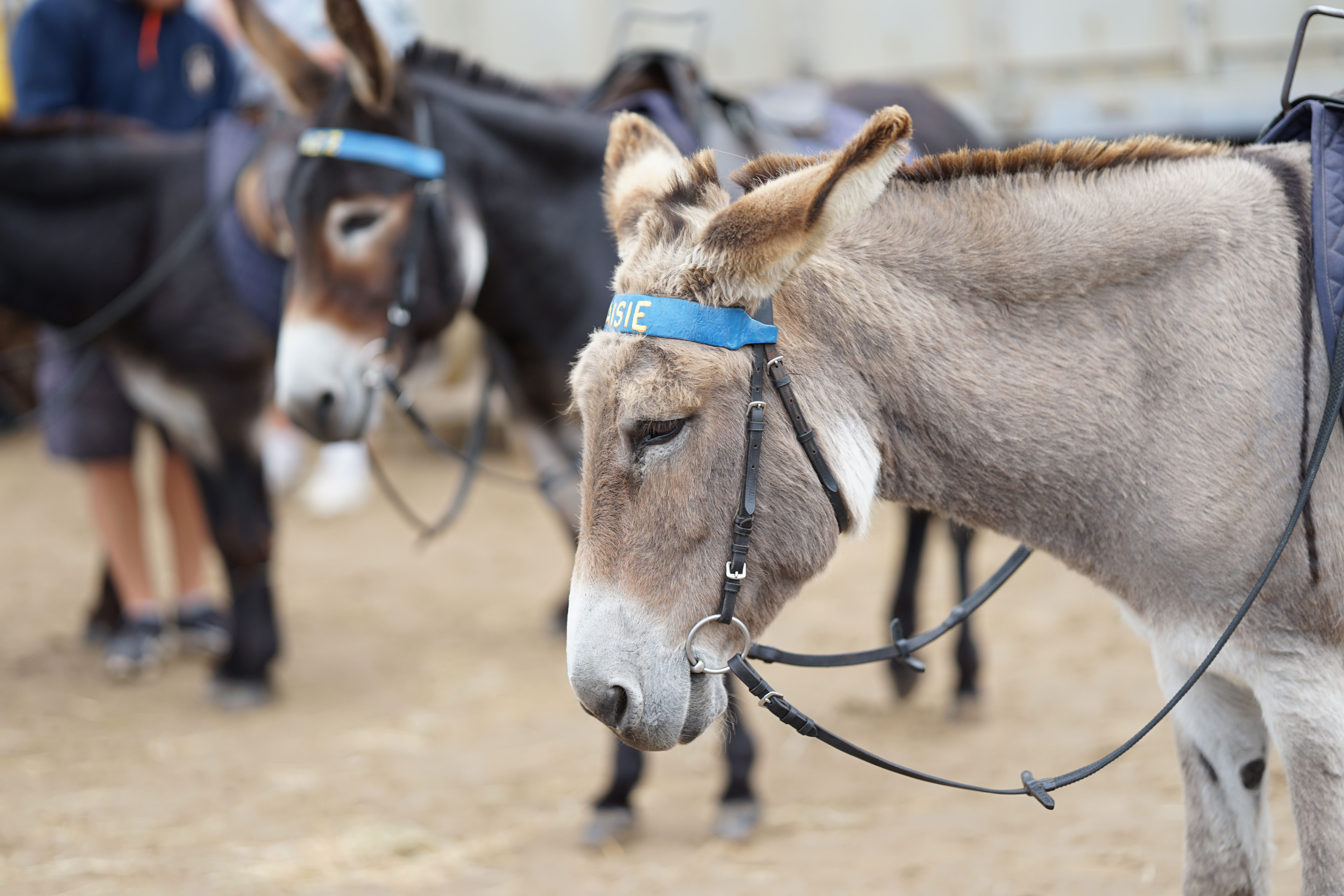

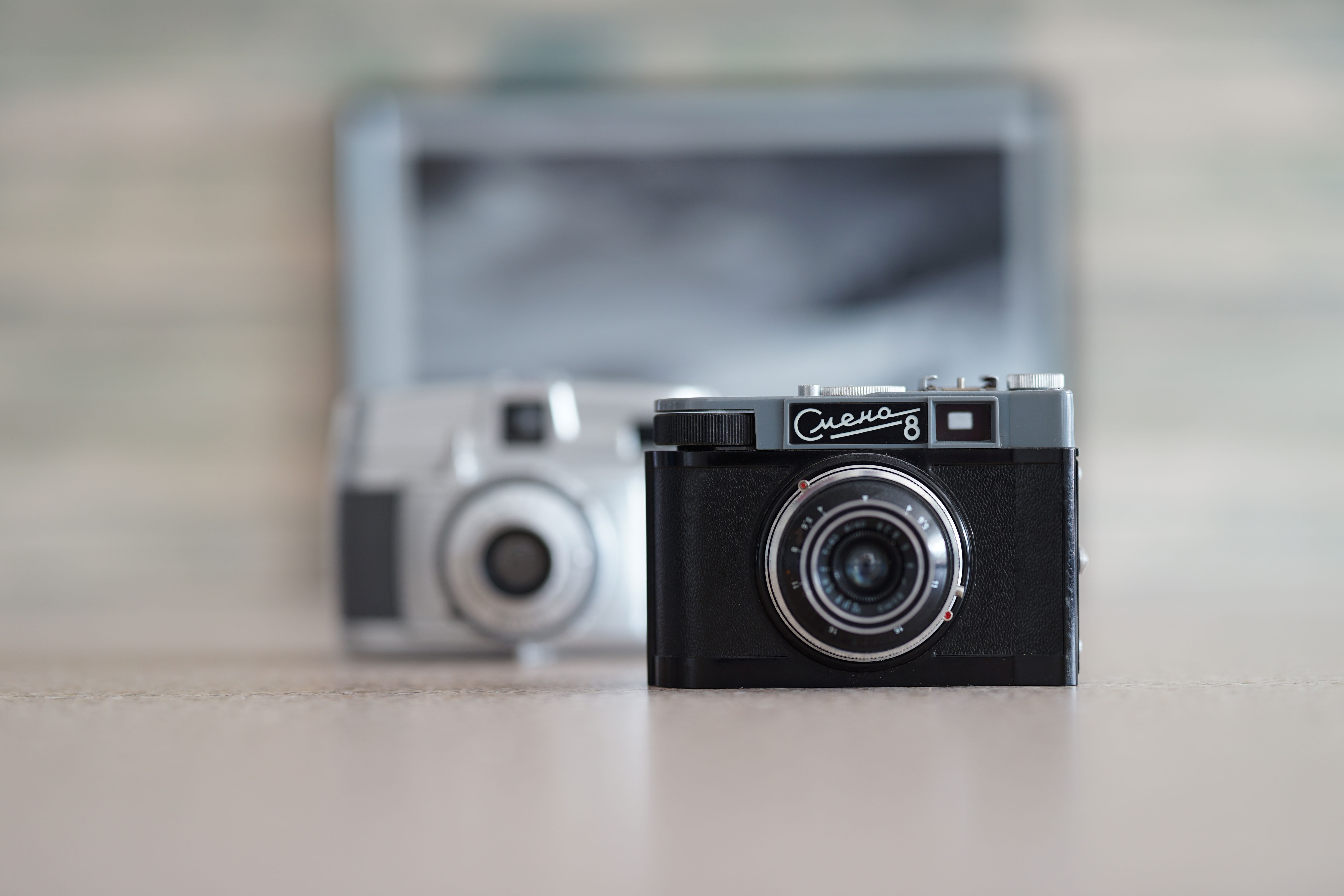




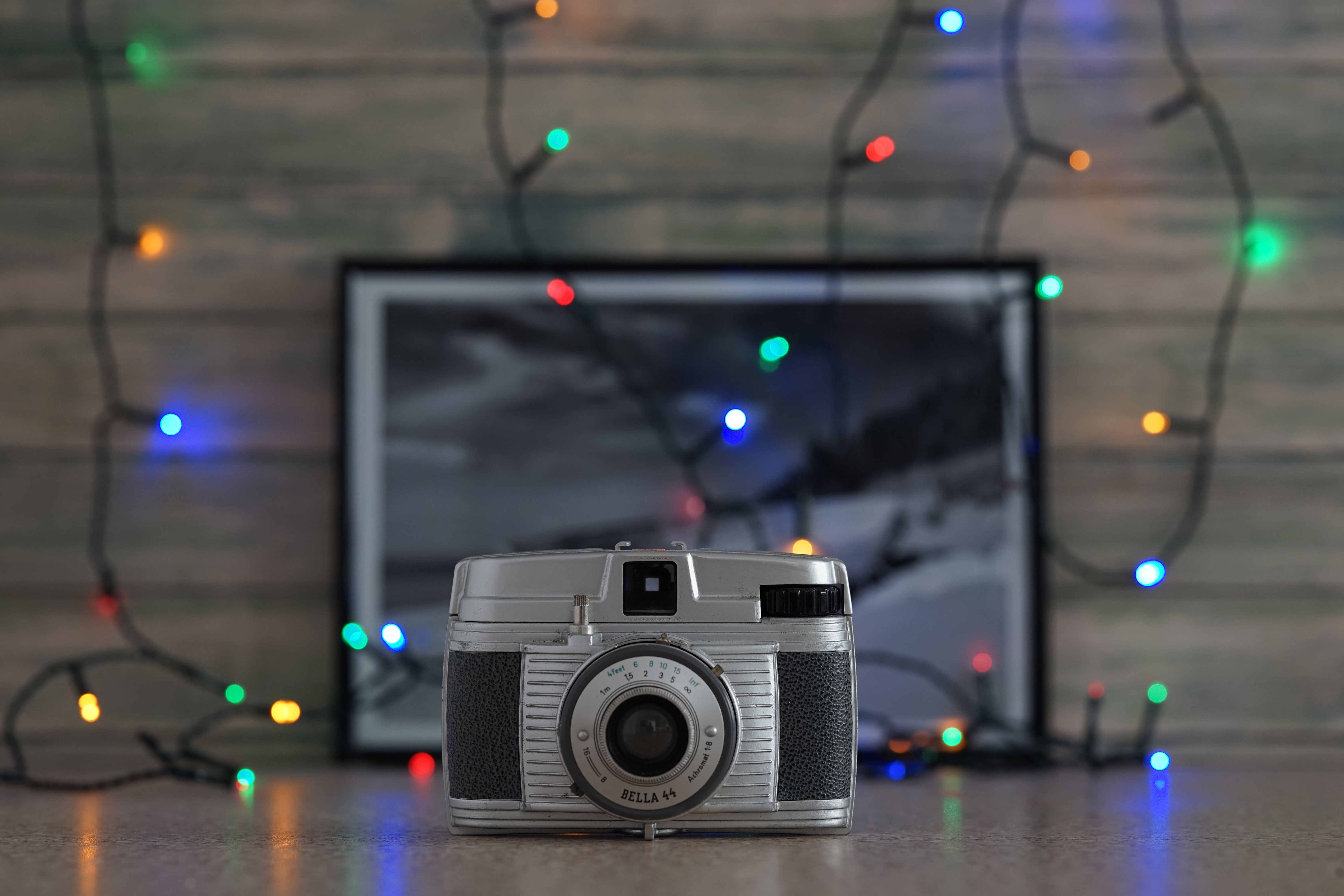
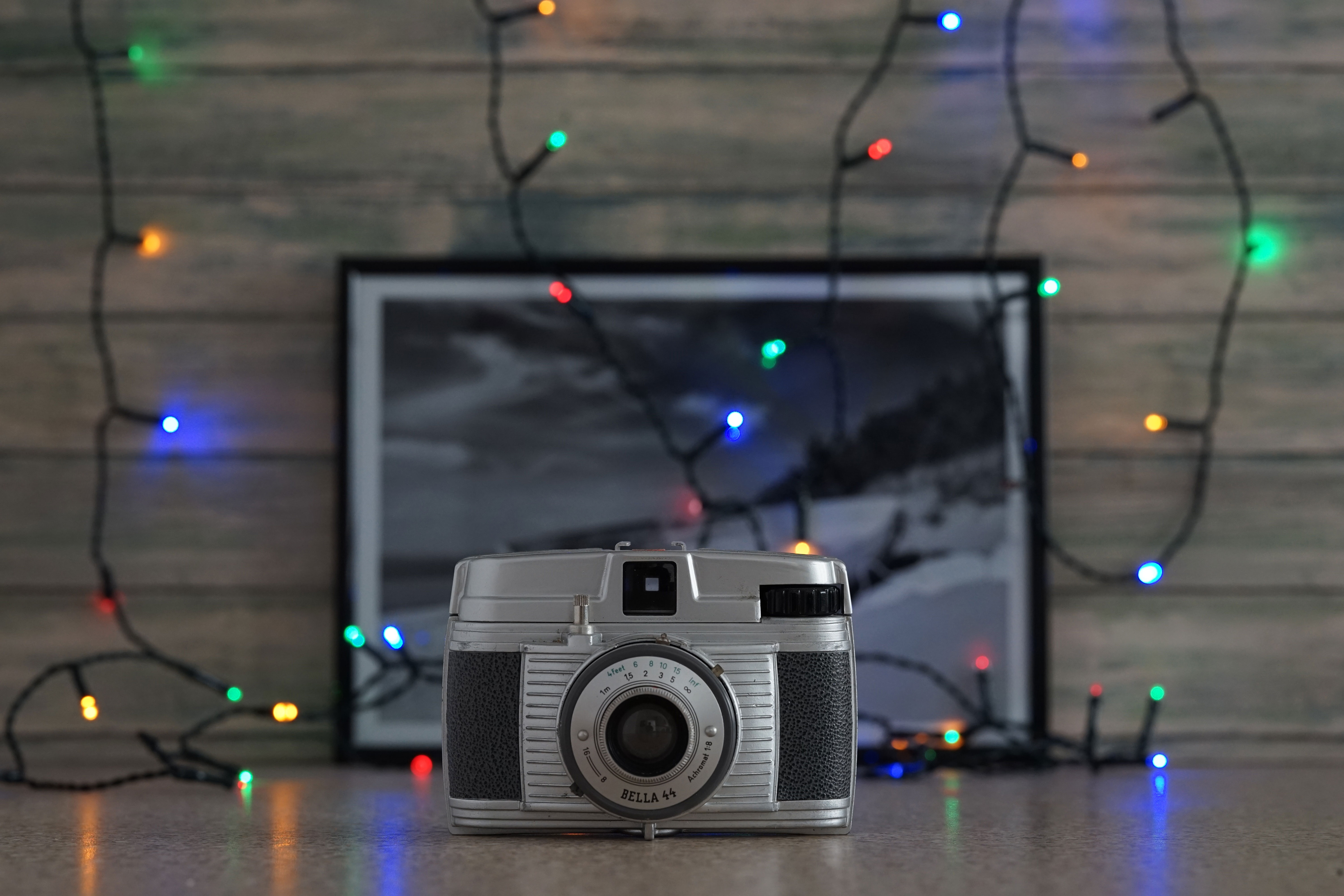
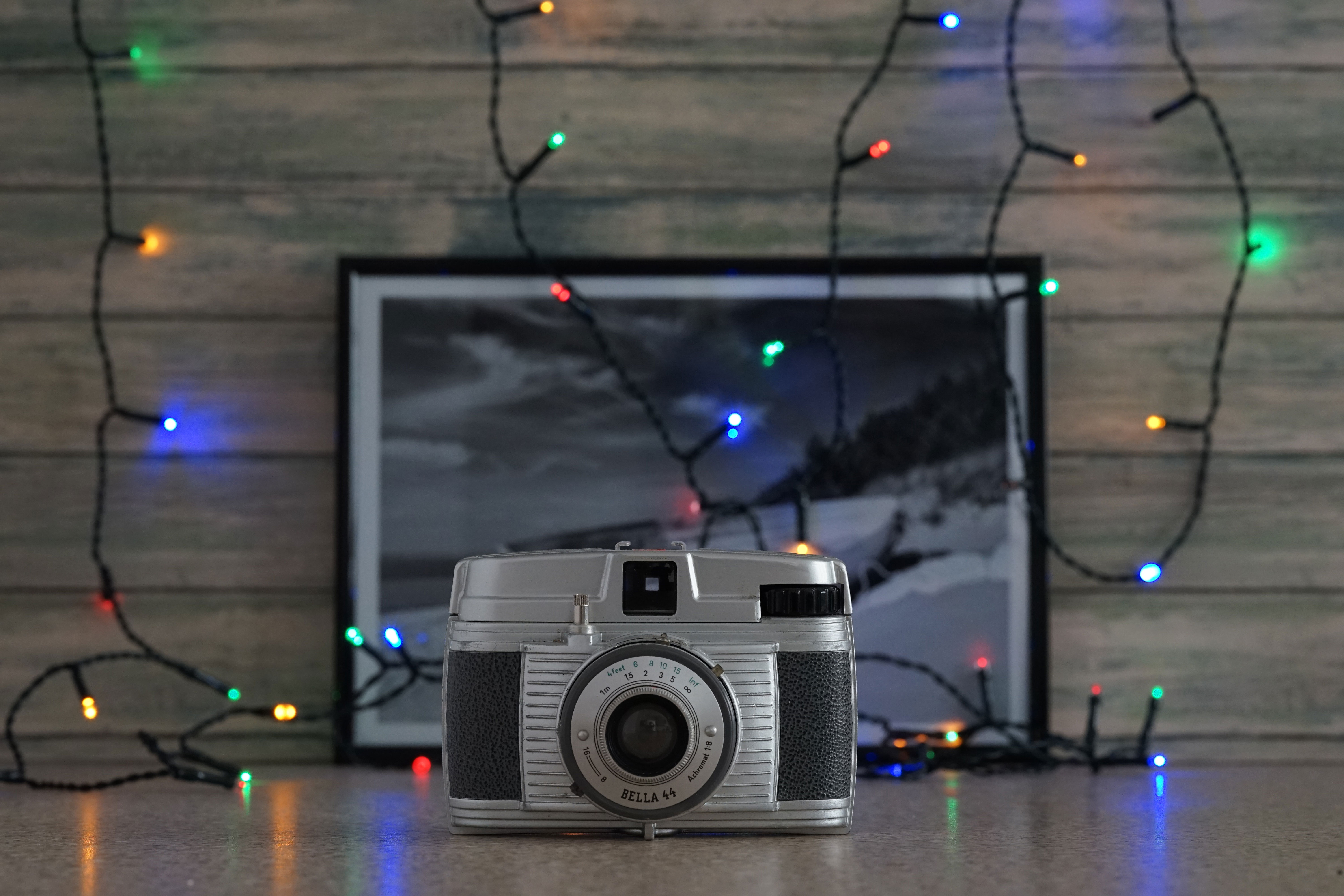
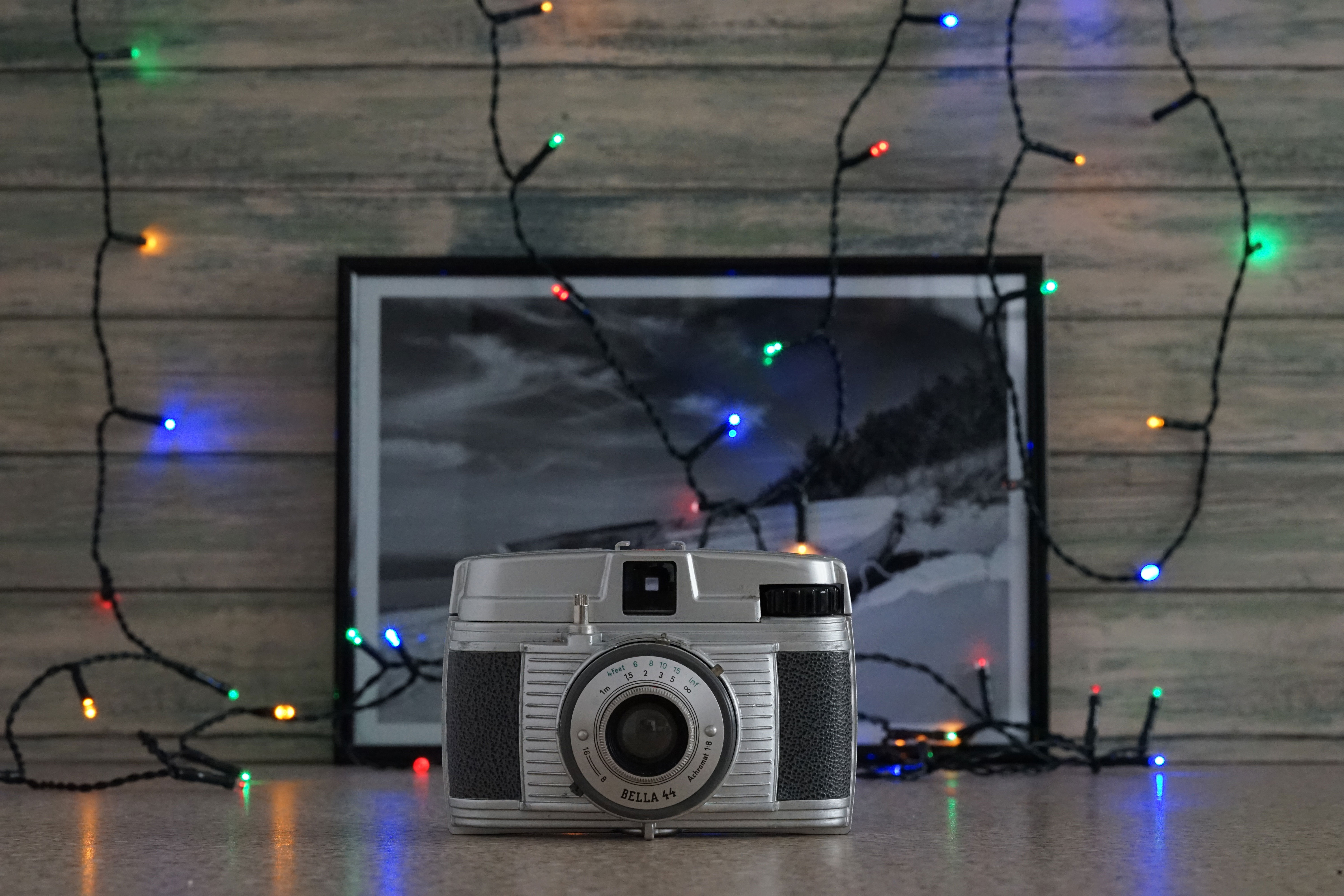

Should I buy the Sony FE 85mm F1.4 GM II?
Buy it if...
You want the best Sony 85mm lens there is
The original FE 85mm F1.4 G Master was good, but the version II lens raises the bar to another level. With superb resolution, both in the center and right to the edges, nice bokeh and responsive AF, if you miss the perfect shot it’s down to you, not this lens.
You’re trying to keep the weight down too
Usually, when you opt for a lighter lens you can expect some small compromise in optical quality. Not here. The Sony FE 85mm F1.4 GM II is 20% smaller than the original lens, but even better optically. It weighs in at a manageable 642g, which is impressive given all that exotic glassware.
You’re slowly upgrading to GM II lenses
Sony has already updated its ‘trinity’ f/2.8 professional zooms to the latest G Master II standards, and it looks as if it’s now turning its attention to its f/1.4 primes. These are pretty expensive lenses, especially if you already have the first-generation versions, but for many pro shooters it will be worth it.
Don't buy it if...
You already have the original FE 85mm F1.4 GM
At least not without taking a long, hard look. This new lens is pretty exceptional, but the ‘old’ one is extremely good too. Unless you can identify one or more areas where the original lens is deficient in ways that definitely impact your work, we’d suggest you might want to save your money.
Your budget is feeling the squeeze
The Sigma 85mm f/1.4 DG HSM Art may not equal the Sony FE 85mm F1.4 GM II in every area, but it’s an extremely good lens in its own right and just half the price. If your main concern is getting the best at all costs, the Sony is fine, but the Sigma arguably delivers almost as much for a lot less money.
You need to travel light
The Sony FE 85mm F1.4 GM II is 20% lighter than the first generation version, but at 642g and 107.3mm in length, it’s still a big lens. Sony has yet to extend its range of compact primes to the 90mm focal length, but there is always the 297g Sigma 90mm f/2.8 DG DN Contemporary – which is not just smaller and lighter but vastly cheaper too.
How I tested the Sony FE 85mm F1.4 GM II
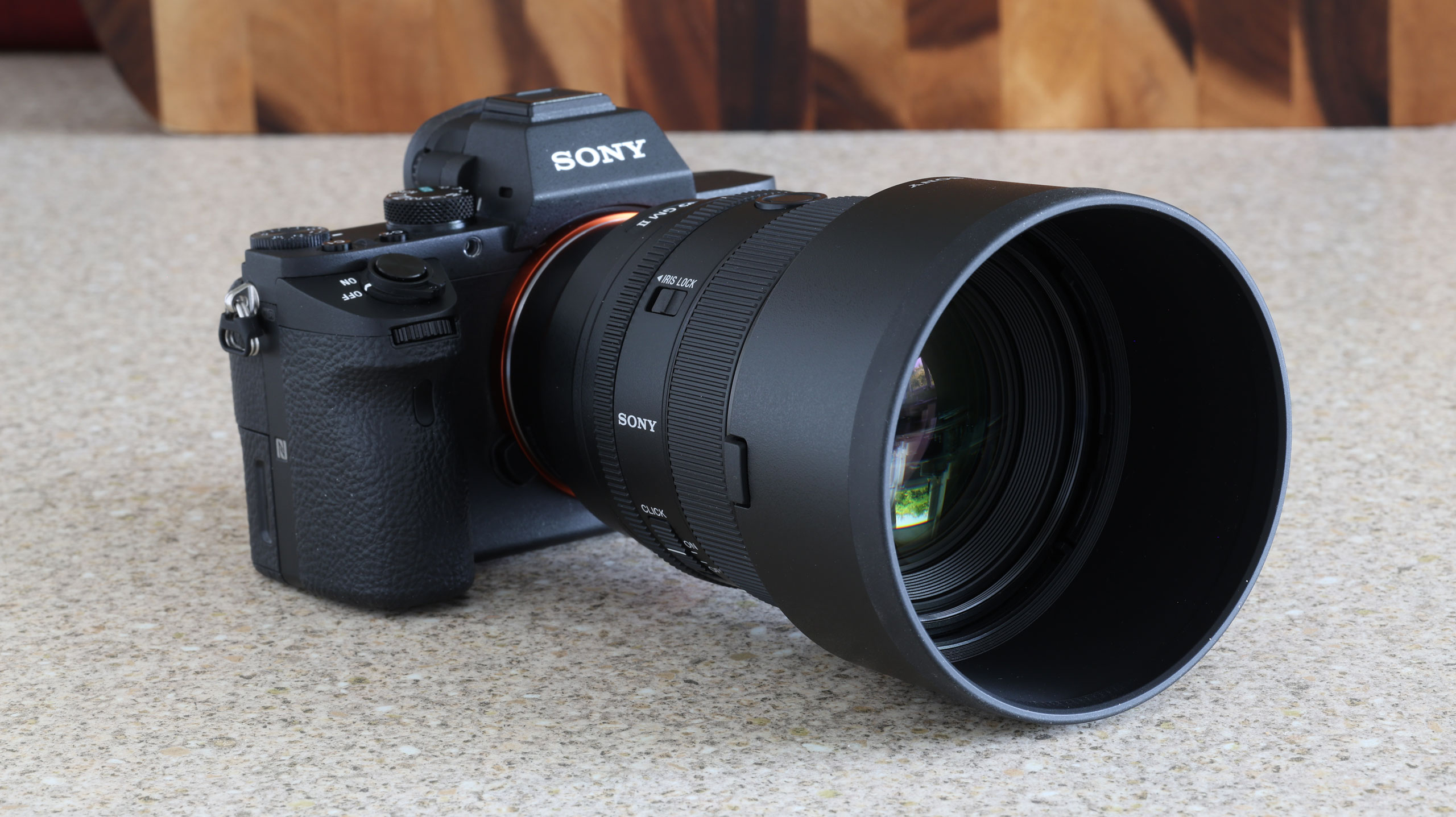
• I checked for edge-to-edge resolution across the aperture range
• I tested bokeh quality wide-open and stopped down
• I tested for bokeh fringing
• I tested the focus breathing suppression
Sony makes some pretty bold claims for the performance of the Sony FE 85mm F1.4 GM II, so I was keen to try these out. In particular, Sony highlights the new lens’s resolution, so I checked its center and edge performance across the aperture range from f/1.4 to f/16, using a highly detailed subject at infinity.
Sony also says the new lens creates excellent bokeh, which I tested with a controlled lighting setup with bright lights in the background across the aperture range. The Sony FE 85mm F1.4 GM II is also claimed to have no bokeh fringing – also known as longitudinal chromatic aberration – where out-of-focus outlines can show clear color fringing. This is a problem for lenses designed for blurred backgrounds, so I found a subject which would test this tendency properly.
One of the biggest steps forward in the new lens is its autofocus performance, which Sony claims is three times faster for photography and seven times better at tracking AF for movies, thanks to twin linear actuators. The first version of this lens used a Ring SSM system. I tried this out using a pair of extremely tricky canine subjects – humans can be told to stay still, but dogs generally do what they like!
Lastly, I wanted to try out this lens’s focus breathing. Changes in apparent scale during focus pulls can be extremely annoying for videographers, and while Sony says the new lens optically suppresses focus breathing, it’s also compatible with cameras that can apply focus breathing compensation – so if Sony is still hedging its bets here it sounded like something that needed testing.

Rod is an independent photographer and photography journalist with more than 30 years' experience. He's previously worked as Head of Testing for Future’s photography magazines, including Digital Camera, N-Photo, PhotoPlus, Professional Photography, Photography Week and Practical Photoshop, and as Reviews Editor on Digital Camera World.
